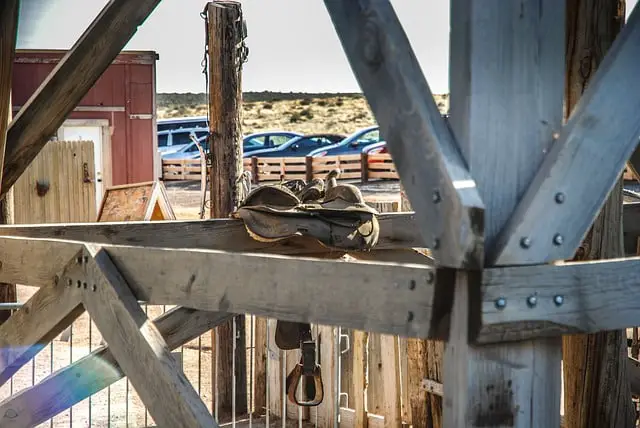Sustainability has become a buzzword in the agricultural industry as farmers and stakeholders recognize the urgent need to adopt environmentally friendly practices. In this paradigm shift towards sustainability, one often overlooked but critical element is the infrastructure that supports modern farming operations. Steel agriculture buildings, once seen as mere structures for sheltering equipment and livestock, are now emerging as key players in redefining sustainability in agriculture.

The Role of Steel in Sustainable Farming
Steel, a material known for its strength, durability, and versatility, is increasingly recognized for its pivotal role in sustainable farming. Here’s how steel farm buildings are leading the way:
Energy Efficiency:
One of the most significant contributors to a farm’s carbon footprint is energy consumption. Traditional wooden or concrete structures often lack proper insulation and ventilation, leading to increased energy needs for heating and cooling. On the other hand, steel farm buildings can be designed with energy efficiency in mind. They offer better insulation options and can accommodate advanced HVAC systems, reducing energy consumption and greenhouse gas emissions.
Longevity and Durability:
Sustainability is about reducing current environmental impacts and considering long-term effects. Steel farm structures have a much longer lifespan compared to wooden structures. They resist pests, corrosion, and harsh weather conditions, diminishing the necessity for frequent maintenance and replacements. This longevity translates into reduced resource consumption over time, making steel buildings a sustainable choice.
Reduced Material Waste:
The construction industry is notorious for generating massive amounts of waste, but steel farm facilities are changing this narrative. Steel is a highly efficient construction material with minimal waste during fabrication and assembly. Moreover, when a steel building reaches the end of its life, it is easily recyclable, minimizing its impact on landfills. This circular approach to construction aligns with the principles of sustainability.
Versatility and Adaptability:
Agriculture is dynamic, with changing needs and evolving technologies. Steel farm buildings are designed to be highly versatile and adaptable. They can easily accommodate modifications and additions to meet evolving requirements, reducing the need for entirely new structures. This flexibility minimizes resource consumption and promotes sustainable land use.
Water Management:
Sustainable farming also involves responsible water management. Steel buildings can have efficient rainwater harvesting systems and integrated water storage solutions. These innovations reduce water consumption and help mitigate the effects of drought and ensure a more reliable water supply for farming operations.
Solar Integration:
The push for renewable energy sources is a crucial aspect of sustainability. Steel farm buildings can be designed to integrate solar panels seamlessly into their roofs or walls. This allows farms to generate clean, renewable energy on-site, reducing their reliance on fossil fuels and contributing to a greener future.
Enhanced Livestock Welfare:
For farms with livestock, providing a comfortable and healthy environment is essential. Steel farm buildings can be customized to create optimal living conditions for animals, with proper ventilation and temperature control. This not only improves animal welfare but also increases overall farm productivity.
Sustainability in agriculture is not a choice but a necessity in a world facing climate change and resource scarcity. Agriculture buildings made of steel are at the forefront of this movement, redefining the way we think about farm infrastructure. They offer energy efficiency, durability, reduced waste, and adaptability—all essential elements of sustainable farming practices.
